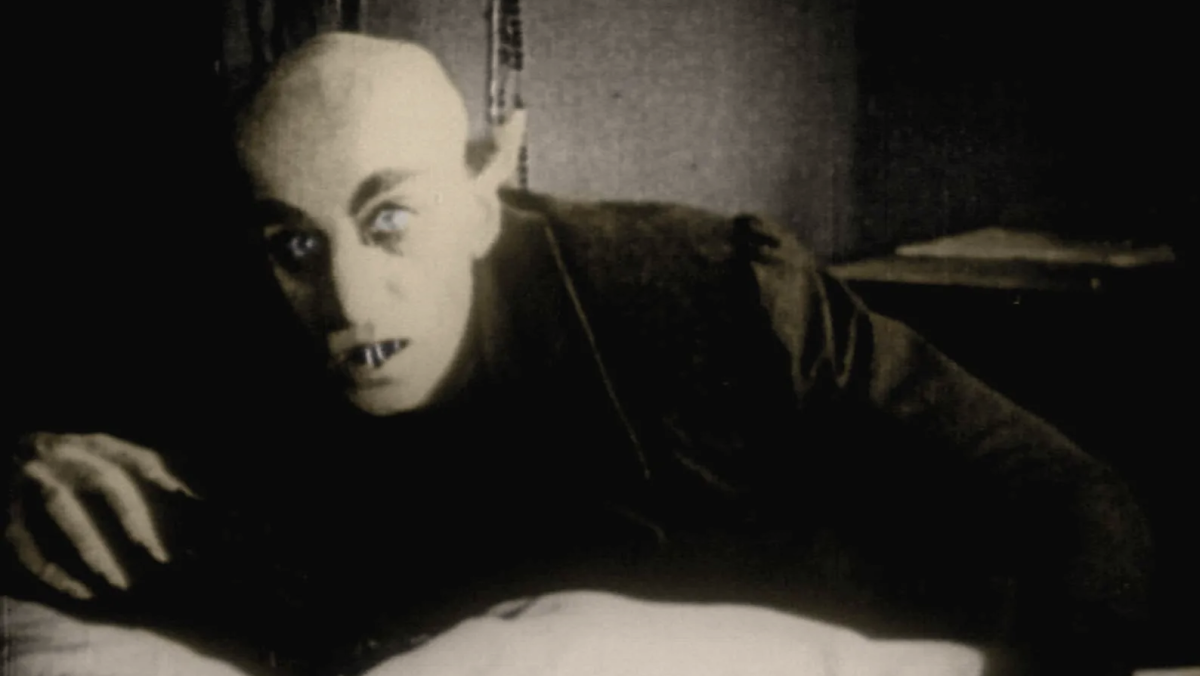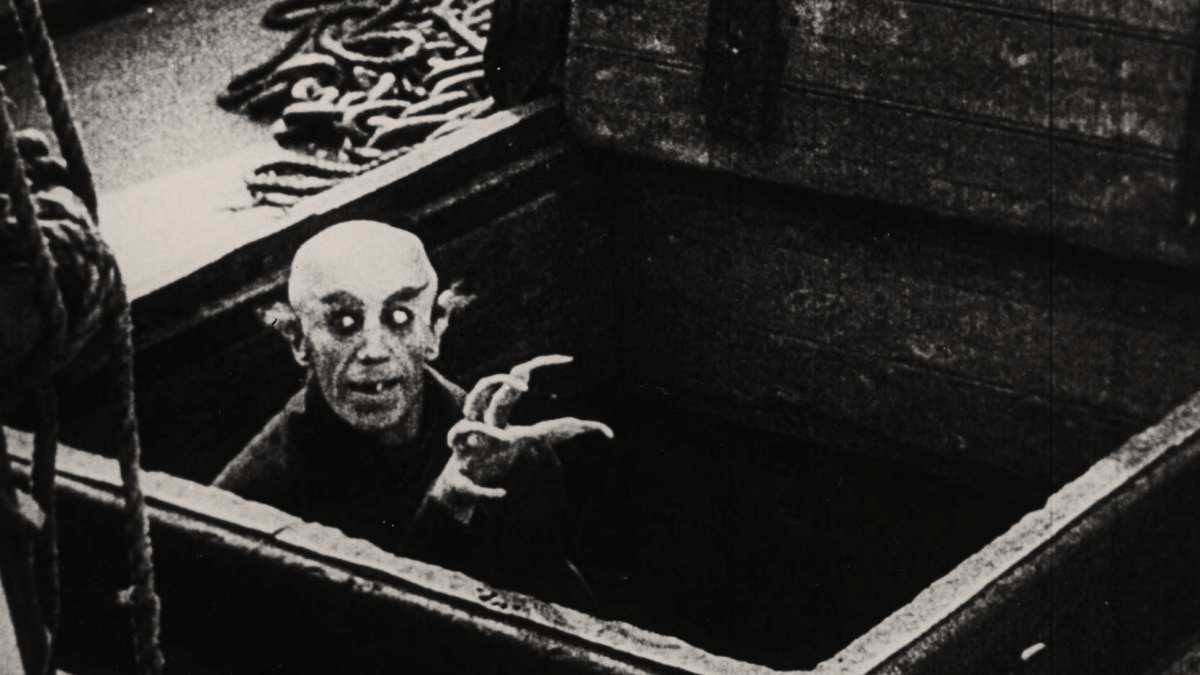
Ask the right kind of insufferable nerd what their favorite Dracula movie is, and they’ll absolutely say “Nosferatu.” If you’re extra lucky, they’ll even call it “Nosferatu: A Symphony of Horror” or its original German title, “Nosferatu: Eine Symphonie des Grauens,” just to hammer home the fact that they’re smarter than you.
And you know what? They have a point. Nosferatu stands as a classic of the horror genre more than 100 years after its debut. It inspired generations of horror aficionados, influencing writers, actors, and directors, and changing the vampire mythos forever.
It’s also a hack job. The film was the first script commissioned by an independent German production company called Prana, founded by a pair of oddballs with a love of the occult. Despite having begun the project with the specific intention of creating a Dracula adaptation, featuring inescapably close knockoffs of the book’s characters, events, and plot beats, Prana never bothered to secure the rights to the story. They changed “Count Dracula” to “Count Orlok,” “Jonathan Harker” to “Thomas Hutter,” and England to Germany, with some accounts claiming that the changes were made to avoid prosecution, while others saw them as small details that made the story more palatable for German audiences. Whatever the reasoning, Nosferatu was pretty clearly just Dracula with a new coat of paint slapped on. For context, Bram Stoker’s novel had only hit bookstores in 1897, 24 years before Nosferatu started production – it would be like if a studio today put out a word-for-word German remake of Harry Potter and the Prisoner of Azkaban, but changed Harry Potter’s name to Wolfgang, set the whole thing at the University of Freiburg, and called it Magic Boy and the Mean Dog Uncle.
How most copies of Nosferatu got set on fire

The similarities between Stoker’s work and Prana’s film weren’t lost on anyone, least of all Stoker’s widow, Florence. She got mighty litigious about Prana’s whole “let’s Mad Libs a copyrighted work and hope nobody says anything” approach to originality, suing the fledgling studio for a staggering $5,000 in damages. Between the lawsuit and the failure of Nosferatu at the box office, Prana declared bankruptcy, never producing another title. The judge in the case declared the film the rightful property of Florence Stoker, who promptly ordered that all prints of Nosferatu were to be burned. The court backed her up, making it effectively illegal to own a copy of the film.
Ask anyone involved with The Star Wars Holiday Special and they’ll tell you: When a movie inspires the people in charge to publicly describe how badly they want to burn the negatives, it has the sort of publicity that most projects can only dream of. It didn’t take long for Nosferatu to become the stuff of legends. Thanks to its cult status, several prints survived the Stoker estate’s purge, and by the time that Florence died in 1937, the movie was getting rave reviews – save one, in The New York Times, where it was referred to in 1929 as an “orgy of gooseflesh,” whatever that means. Film geeks continued to pass around copies of the film for decades, with dozens of unofficial restorations in circulation by the time the film entered the public domain in 2019. In the years since its debut, Nosferatu has become every bit as iconic an entry in the annals of vampire movie history as Bela Lugosi’s Dracula. It’s inspired two remakes: one directed by Werner Herzog in 1979, which says the quiet part out loud and calls its main antagonist “Dracula,” and one scheduled for 2024 starring Bill Skarsgard. There was even a horror movie based on the making of Nosferatu itself, 2000’s Academy Award-nominated Shadow of the Vampire, starring Willem Dafoe as original Orlok actor Max Schreck. Schreck, for his part, would be immortalized across media for generations to come, lending his name to the secondary villain in Batman Returns, and his likeness to a never-ending series of Spongebob Squarepants visual gags.
A century later, the morality behind the creation of Nosferatu is, at best, super hazy. The lesson, however, is clear: Commit blatant copyright infringement and refuse to carry out the orders of the court, and your art will survive in perpetuity. Or, put more simply, “it’s better to ask forgiveness than permission.”
from Movie News | Movie Reviews | Movie Trailers https://ift.tt/uEbgq9Z



0 comments: